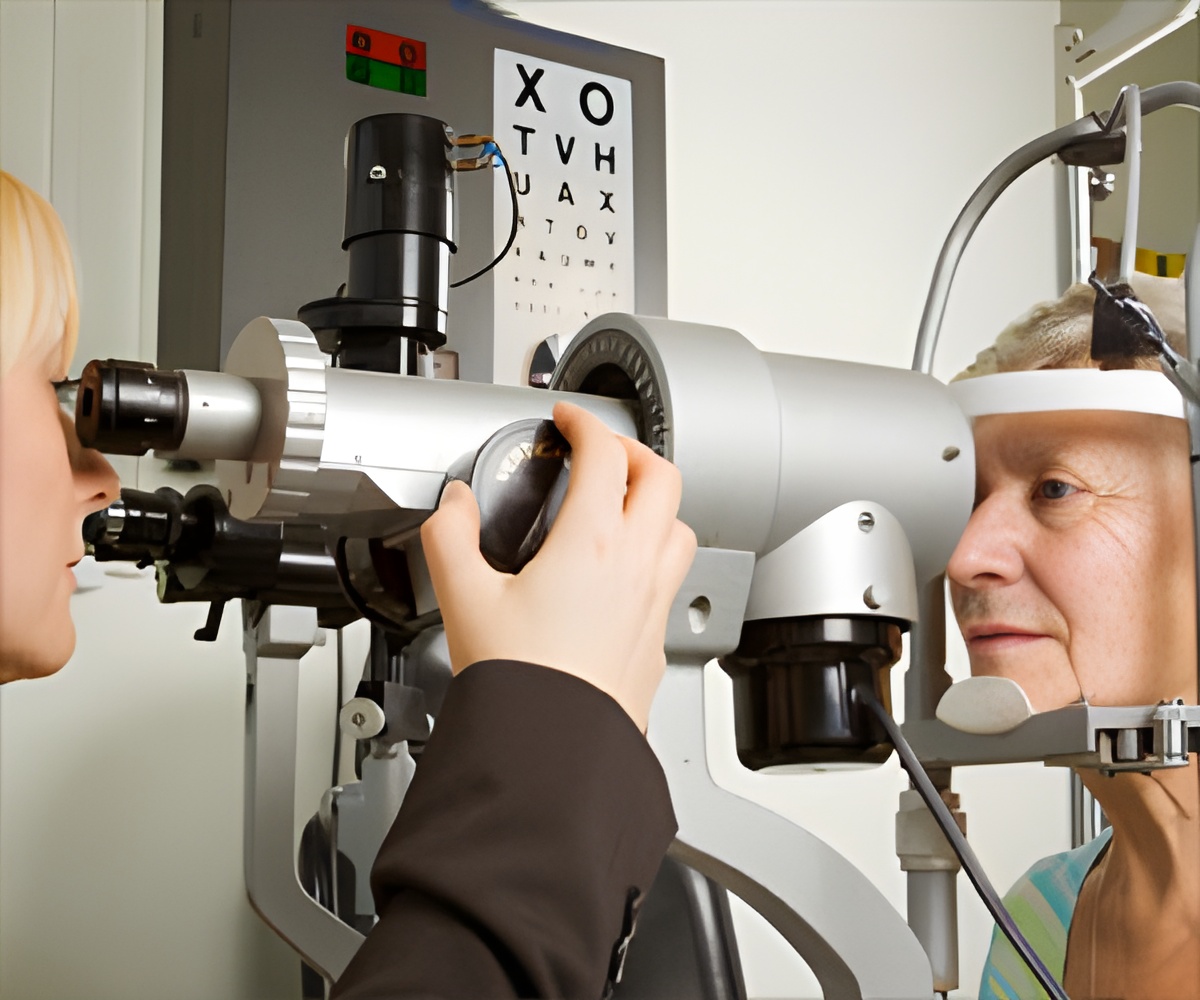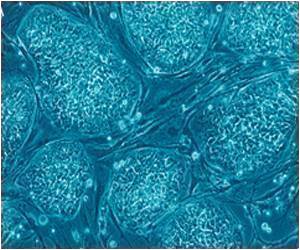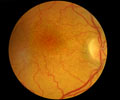
‘Scientists were successfully able to reverse the loss of vision due to age, glaucoma and injury to the optic nerve using three Yamanaka genes Oct4, Sox2, and Klf4 in mice. Further studies are required to prove its efficacy. No negative side effects were seen.’
Read More..Tweet it Now
The study was published in the journal Cell.Read More..
The researchers were also able to reverse vision loss in animals with glaucoma, a condition similar to humans. Glaucoma is the loss of vision due to increased pressure in the eyes. It is the leading cause of blindness around the world.
Current treatment options help to stop the progress of the disease. This is the first treatment that is successful in reversing glaucoma-induced vision loss.
This approach could pave the way for therapies that promote tissue repair in various organs, reverse aging, and age-related diseases in humans.
Senior author of the study, David Sinclair, professor of genetics in the Blavatnik Institute at Harvard Medical School, co-director of the Paul F. Glenn Center for Biology of Aging Research at HMS said, “Our study demonstrates that it’s possible to safely reverse the age of complex tissues such as the retina and restore its youthful biological function.”
Advertisement
Sinclair said, “If affirmed through further studies, these findings could be transformative for the care of age-related vision diseases like glaucoma and to the fields of biology and medical therapeutics for disease at large.”
Advertisement
For the experiment, the vehicle used was adeno-associated virus (AAV) to deliver three youth-restoring genes- Oct4, Sox2 and Klf4 into the retinas of the mice. These genes are normally seen during embryonic development.
The three genes used, along with a fourth one c-Myc, which was not used in this work, are collectively known as Yamanaka factors. These genes were discovered by scientist Shinya Yamanaka for which he received the Nobel Prize in Physiology or Medicine in 2012.
Due to the treatment, multiple beneficial effects on the eye were seen like
- Promotion of nerve regeneration after optic-nerve injury in mice with damaged optic nerves
- Reversed vision loss in animals with a condition similar to glaucoma
- Reversed vision loss due to aging in animals without glaucoma
The new theory about why we age states that the changes in the epigenome over time result in cells to read the incorrect genes and malfunction, which leads to aging. One of the most important changes in epigenome is DNA methylation.
Overcoming Obstacles
Lead study author, Yuancheng Lu, developed a gene therapy that was safely able to reverse the age of cells in a living animal. Lu’s builds his work on the four transcription factors- Oct4, Sox2, Klf4, c-Myc discovered by Shinya Yamanaka.
These factors can erase the cell’s epigenetic markers and return these cells to their primitive embryonic state. Cells in the embryonic state can develop into any cell type like muscle cells, nerves or cardiac cells.
Two setbacks were identified in the study. First, when the four Yamanaka factors were introduced in the adult mice, tumor growth was seen which made the approach unsafe. Second, the cell’s identity was completely erased when the factors reset the cellular state to the embryonic state.
The researchers modified their approach to overcome these obstacles by using only three Yamanaka genes Oct4, Sox2 and Klf4. This approach was successful in reversing cellular aging without inducing tumor growth or losing the identity of the cells.
Nerve Regeneration
The ability of the central nervous system to regenerate reduces rapidly after birth. As it is the first part of the body affected by aging, the researchers targeted the cells in the central nervous system.
The researchers delivered the three-gene combination to the adult mice with optic nerve damage via an adeno-associated virus (AAV) into the retinal ganglion cells.
For this study, Lu partnered with Zhigang He who is the professor of ophthalmology and neurology at Boston’s Children’s Hospital. Zhigang He mainly studies spinal cord neuro-regeneration and optic nerve regeneration.
Following treatment, there was a five-fold increase in nerve regrowth and a two-fold increase in the number of surviving retinal ganglion cells after injury.
Lu said, “At the beginning of this project, many of our colleagues said our approach would fail or would be too dangerous to ever be used. Our results suggest this method is safe and could potentially revolutionize the treatment of the eye and many other organs affected by aging.”
Age related vision loss and Glaucoma
The team further collaborated with colleagues at Schepens Eye Research Institute of Massachusetts Eye and Ear Bruce Ksander, HMS associate professor of ophthalmology, and Meredith Gregory-Ksander. Two experiments were planned: first, to test if the three-gene cocktail could restore vision loss due to glaucoma, and second experiment to see if the approach could reverse vision loss resulting due to normal aging.
After glaucoma-induced vision loss had already occurred, the treatment led to an increase in nerve cell activity and a notable increase in visual acuity (clarity and sharpness of vision). This was measured by the animal’s ability to see moving vertical lines on a screen.
Ksander said, “Regaining visual function after the injury occurred has rarely been demonstrated by scientists. This new approach, which successfully reverses multiple causes of vision loss in mice without the need for a retinal transplant, represents a new treatment modality in regenerative medicine.”
In 12-month old mice with reducing vision due to aging, after treatment, the patterns of gene expression and electrical signals of the optic nerve were similar to those in young mice, and the vision was restored.
On analysis, the researchers found molecular changes in the treated cells. A reversed pattern of DNA methylation was observed. This suggests that DNA methylation is not just marker but it also active agent driving the aging process.
Sinclair said, “What this tells us is the clock doesn’t just represent time—it is time. If you wind the hands of the clock back, time also goes backward.”
Further studies in animals are required to confirm their findings, after which clinical trials to test the efficacy of the approach in patients with glaucoma can be initiated in two years. The researchers stated that the findings are encouraging, and no negative side effects were seen in mice.
Source-Medindia













